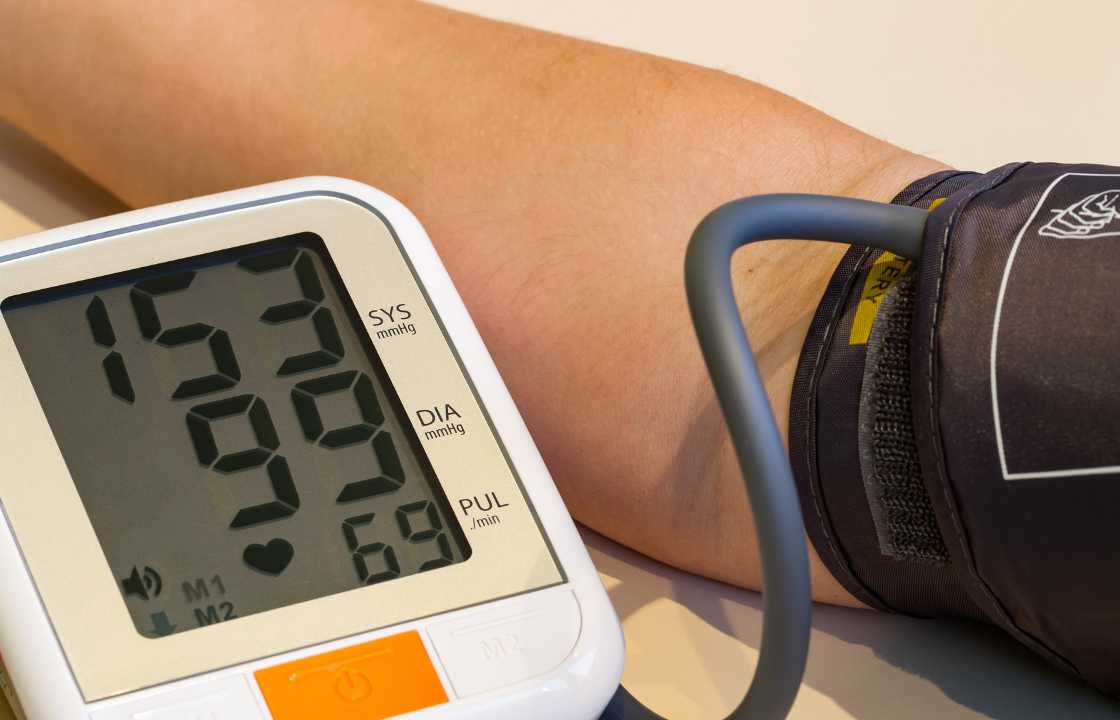Blood
A Look at Diastolic Blood Pressure
When addressing blood pressure management, healthcare professionals often prioritize lowering the top (systolic) number, which is well-founded.
Aggressively treating high systolic pressure has been established as an effective strategy for reducing the risk of heart attacks or strokes, according to Dr. Stephen Juraschek, a blood pressure specialist at the Hypertension Center of Harvard-affiliated Beth Israel Deaconess Medical Center.
However, the bottom (diastolic) number is equally crucial in promoting heart health, even though it often doesn’t receive as much attention.
Tale of two numbers
The two blood pressure numbers measure the heart’s activity during work and rest. Systolic pressure represents the pressure in the arteries when the heart contracts to pump blood throughout the body, reflecting the effort the heart exerts. A higher systolic number indicates increased effort by the heart in pumping blood.
On the other hand, diastolic pressure is the pressure during the resting phase between heartbeats, playing a crucial role in assisting coronary vessels in supplying oxygen to the heart muscle, as explained by Dr. Juraschek.
As per current guidelines, normal blood pressure is characterized by a systolic number below 120 millimeters of mercury (mm Hg) and a diastolic number below 80 mm Hg. An “elevated” blood pressure is defined as a systolic number ranging from 120 to 129, with the diastolic measurement below 80.
In the diagnosis of high blood pressure (hypertension), either number can serve as an indicator if persistently elevated. For instance, Stage 1 hypertension is identified if the systolic pressure is between 130 and 139 or the diastolic pressure is between 80 and 89, or both. Stage 2 hypertension is categorized as a systolic pressure of 140 or higher, a diastolic pressure of 90 or higher, or both.
Dr. Juraschek emphasizes the importance of monitoring both numbers because, in many cases, if the systolic is high, the diastolic is also elevated.
Exceptions to the rules
Exceptions exist in the general trend of blood pressure changes with age. While systolic pressure tends to rise with age due to the weakening and narrowing of blood vessels, diastolic pressure often decreases after age 50.
The decline in diastolic pressure is attributed to the reduced elasticity of arteries as individuals age. As arteries become stiffer, those that expand with the systolic push of blood find it challenging to spring back between heartbeats, resulting in a drop in diastolic blood pressure.
Another potential cause for decreased diastolic pressure is endothelial dysfunction, a condition where the coronary arteries on the heart’s surface constrict instead of opening.
It’s also possible for individuals to experience only a high systolic number, referred to as isolated systolic hypertension. This is a common form of high blood pressure among older adults. Isolated systolic hypertension occurs when less elastic arteries struggle to accommodate surges of blood, leading to damage to the inner lining of the arteries and an accelerated buildup of cholesterol-laden plaque. This process further stiffens and narrows the arteries, causing an elevation in systolic blood pressure while diastolic pressure remains within the normal range.
Lower but not too low
While the primary focus is often on lowering systolic blood pressure, it’s crucial not to let either number drop too low. A very low systolic blood pressure can lead to weakness, lightheadedness, and fainting.
Surprisingly, a too-low diastolic number may also pose risks for heart issues, as suggested by a study published in JAMA Network Open on Feb. 1, 2021. This study involved individuals with high cardiovascular risk who were receiving medication to lower their systolic blood pressure. The researchers observed that among those with systolic blood pressure less than 130, a diastolic blood pressure of less than 60 mm Hg was associated with a higher risk of heart attacks and strokes. On the contrary, individuals with diastolic values between 70 and 80 mm Hg had the lowest risk of heart disease.
For most older adults, the target is to maintain systolic blood pressure close to 120 mm Hg, or even slightly lower, as long as the diastolic pressure remains at 60 mm Hg or higher. Lifestyle changes, including reducing dietary sodium, increasing potassium, engaging in regular exercise, and maintaining a healthy weight, are foundational for treatment, even if medication is needed.
A less common issue is having a high diastolic pressure with a normal or slightly elevated systolic number. In this case, the treatment approach involves lifestyle changes as the first line of defense, with blood pressure-lowering drugs considered when necessary.

